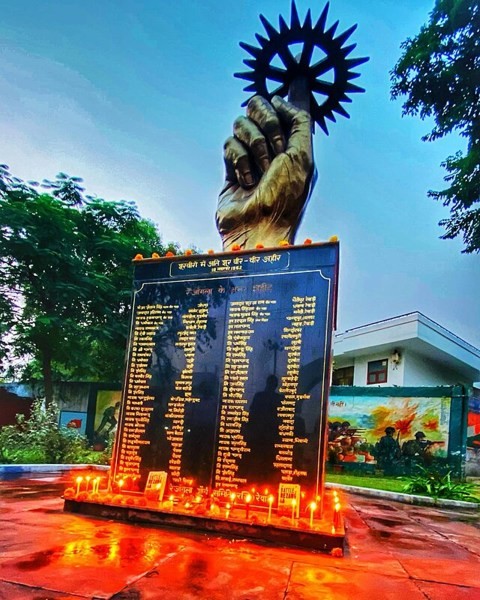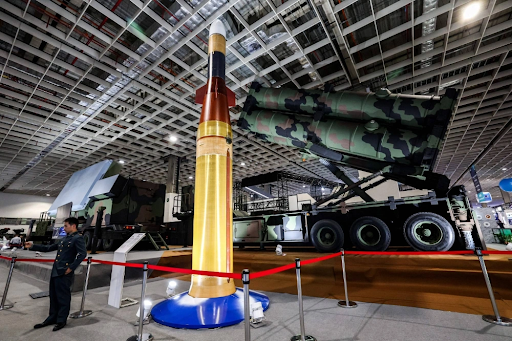



The Battle of Rezang La (18 November 1962) was a heroic last stand by 120 Indian soldiers, mostly from the Ahir community, of the Charlie Company, 13 Kumaon Regiment, against a much larger Chinese force in Ladakh. Led by Major Shaitan Singh, who was posthumously awarded the Param Vir Chakra, the defenders fought “to the last man and the last bullet,” protecting the strategic Chushul airbase and preventing further Chinese advance. Out of 120 soldiers, 114 were martyred, while Chinese casualties were much higher. The battle is remembered for its bravery, sacrifice, and patriotic spirit, with memorials like Ahir Dhamhonoring the soldiers’ legacy.

Copyright infringement not intended
Picture Courtesy: Indian Express
Farhan Akhtar’s upcoming film 120 Bahadur, based on the 1962 Battle of Rezang La, has sparked protests from the Ahir community.
The Battle of Rezang La was a decisive and heroic battle fought between India and China on November 18, 1962, during the Sino-Indian War.
Where it happened
Outcome
Legacy: A memorial stands at Rezang La in Ladakh (often called Ahir Dham) and another in Rewari, Haryana, honoring the soldiers.
The Ahirs are traditionally cattle-herders and pastoralists, found mainly in northern and western India—especially in Haryana, Uttar Pradesh, Rajasthan, Madhya Pradesh, Gujarat, and Bihar.
Ancient and Mythological Origins:References to Abhiras appear in ancient Sanskrit literature, including the Mahabharata and the Puranas.
Ahirs as Warriors
Military Impact
Political Impact
Psychological and National Impact
Strategic and Long-Term Consequences
The Battle of Rezang La stands as a timeless symbol of courage, sacrifice, and patriotism. Though India faced defeat in the 1962 war, the bravery of Major Shaitan Singh and his men inspired the nation and strengthened its resolve to defend every inch of its land.
The war became a turning point, leading to stronger defence policies, modernization of the armed forces, and greater awareness of national security needs. It also reminded India that unity, discipline, and preparedness are essential for peace.
Source: Indian Express
|
Practice Question Q. Critically analyze how India can ensure national security through a balance of defence preparedness, diplomacy, and development in light of lessons from the 1962 war. (250 words) |
The Battle of Rezang La was fought on 18 November 1962 during the India–China War. Charlie Company of the 13 Kumaon Regiment, consisting mainly of Ahir soldiers, made a heroic last stand against a much larger Chinese force in Ladakh. Out of 120 soldiers, 114 were martyred, but their defense protected the strategic Chushul area.
Major Shaitan Singh led the Charlie Company. He was posthumously awarded the Param Vir Chakra for his courage. The company, primarily composed of Ahir soldiers, displayed extraordinary bravery “to the last man and the last bullet.”
The Ahirs (Yadavs) are a pastoral and agrarian community from northern India, traditionally engaged in cattle rearing and agriculture. Recognized as a “martial race” during British rule, many served in the Indian Army, notably in the Kumaon Regiment. They are known for their courage and military contributions.







© 2025 iasgyan. All right reserved